Human beings have a hardwired need to form connections and attachments. There is a great deal of research (see references) teaching us about the importance of nurturing human connections and bonds from birth, not just for survival, but to support the development of positive behavioural and emotional characteristics and encourage exploration, investigation, and curiosity as methods of understanding the world.
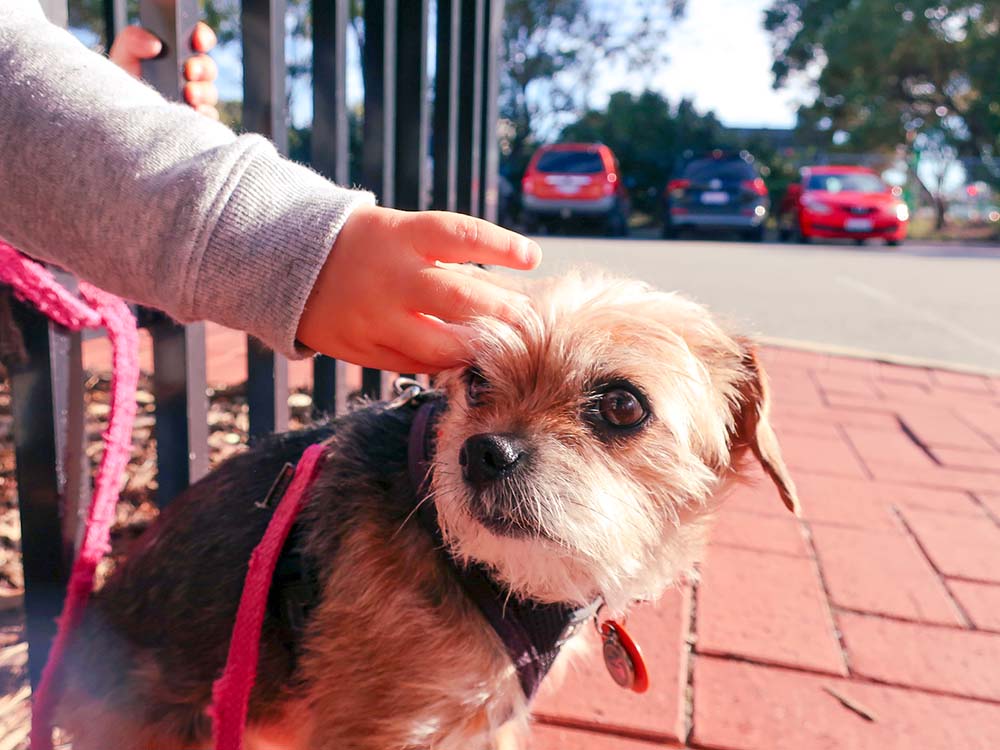

Attachment issues in adolescents
Modern-day communities and villages are disconnected from their countries of origin. As a result, cultures are becoming increasingly integrated resulting in the disconnection of parents, the loss of the community or village parenting and the loss of adult mentors. Therefore the adolescent child is expected to develop explore their burgeoning identity without a clear construction of cultural values to build on.
The adolescent navigates between “separateness”, and “relatedness” (Youniss and Smollar, 1985). Relatedness relies on family input, connection and culture and results in the adolescent feeling a sense of attachment and obligation to the family. Meanwhile, separateness challenges the authority and relevance of the family as the adolescent assimilates influences from peer groups.
Insecure attachment can manifest in a variety of maladaptive behaviours, including risk-taking, anti-social behaviour, gang participation, weight control, sexual behaviour and the misuse of drugs, alcohol and other substances. In essence, these behaviours are designed to create and build attachments and a sense of belonging to a peer group in the absence of the security of a primary carer, family, or community. (Geldard et al. 2016)
Interactions with Children Policy:
(SOEL Policies, 2021)
In SOEL, educators must develop relationships with children that are respectful, promoting children’s sense of security and belonging. Respectful relationships develop the foundations for explorations of the environment and help the children engage in play and learning while upholding the rights of the child.
For relationships to bemeaningful, interactions need to be warm, caring, and responsive. Additionally, giving attention to building connections and maintaining them over time means that children are more likely to feel a sense of security, well-being and belonging.






Educators at the Schools of Early Learning maintain the dignity and rights of children valuing each individual and their unique contribution to the learning environment. Also, collaborative relationships are built between the Centre and families to improve the child’s learning and development outcomes and to understand the cultural and child-rearing practices of each family.
We need to take the time to listen to the children so that we can build environments and opportunities for them to safely explore their hundred languages. For this to happen we must recognise that they are capable and competent individuals. Furthermore, we are striving to maintain an environment that is not set by a clock. Children’s own sense of time and rhythm are considered when planning routines, opportunities, and investigations.
“Positive youth development requires caring parents, supportive teachers, and positive peers.”
(Neufeld & Maté, 2005)
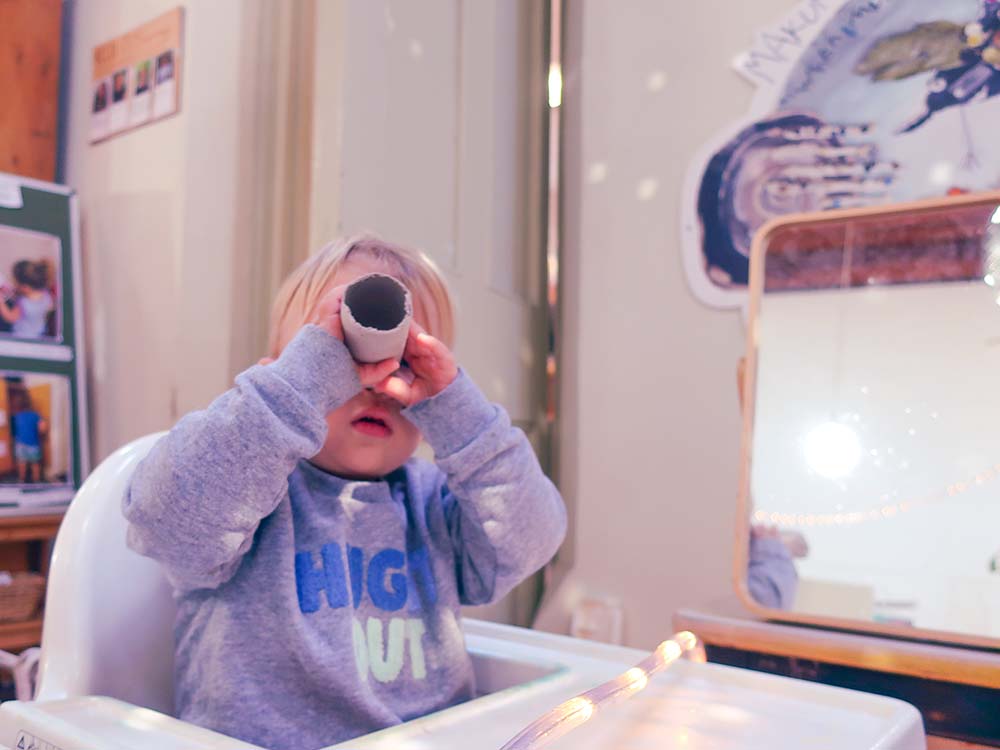

And what can families do?
Research shows relationships are central to children developing acceptance, self-esteem and higher functioning thinking skills that contribute to positive learning and life outcomes (KidsMatter Early Childhood). Similarly, the identity of the individual is formulated using constructive patterns and events. Therefore, we need to balance connection and separateness, interdependence and independence, family and peer orientation.
Adults actively support attachment when they are the ‘returning point’, available for comfort, engagement, and processing information. Likewise, the child must have a ‘predictable, consistent and emotionally available connection for the child to form a strong attachment’.
The attachments formed in infancy change in method and frequencies, but not in intensity and meaning. Moreover, the child and the adolescent attempt to understand the world through trial and error and both require a secure base to return and problem-solve in safety.
“If we focus on the defiant or destructive behaviour, the young person becomes the problem. As Nicolas Hobbs observed, when children disturb or disrupt us, we label them as disturbed or disruptive. By seeing the problem behaviour as tied to pain, we are motivated to respond to needs.”
(Brendtro, 2019)
References
Bowlby, J. (2005). A secure base: clinical applications of attachment theory. Routledge. https://doi.org/10.4324/9780203440841
Brendtro, L, K. (2006) The vision of Urie Bronfenbrenner: adults who are crazy about kids. Reclaiming Children and Youth, 15(3), 162–.
Brendtro, L. K., Brokenleg, M., & Van Bockern, S. (2019). Reclaiming youth at risk: futures of promise (reach alienated youth and break the conflict cycle using the circle of courage). Solution Tree.
Fonagy, P., & Luyten, P. (2018). Conduct problems in youth and the RDoC approach: A developmental, evolutionary-based view. Clinical Psychology Review, 64, 57–76. https://doi.org/10.1016/j.cpr.2017.08.010
Geldard, K., Foo, R. Y., & Geldard, D. (2016). Counselling adolescents: the proactive approach for young people (4th edition / Kathryn Geldard, David Geldard and Rebecca Yin Foo.). Sage publications.
Hughes, D., Golding, K. S., & Hudson, J. (2015). Dyadic Developmental Psychotherapy (DDP): the development of the theory, practice and research base. Adoption & Fostering, 39(4), 356–365. https://doi.org/10.1177/0308575915610943
Hayes, N., Halpenny, A. M., & O’Toole, L. (2017). Introducing Bronfenbrenner: a guide for practitioners and students in early years education. Routledge. https://doi.org/10.4324/9781315646206
Mate, G., Neufeld, G. (2019) Hold on to your kids.
Van Der Kolk, B. A. (2005). Developmental trauma disorder. Psychiatric Annals, 35(5), 401–408. https://doi.org/10.3928/00485713-20050501-06
van Rosmalen, L., van der Horst, F. C. P., & van der Veer, R. (2016). FROM SECURE DEPENDENCY TO ATTACHMENT: Mary Ainsworth’s Integration of Blatz’s Security Theory Into Bowlby’s Attachment Theory. History of Psychology, 19(1), 22–39. https://doi.org/10.1037/hop0000015
Related SOEL Blog Posts
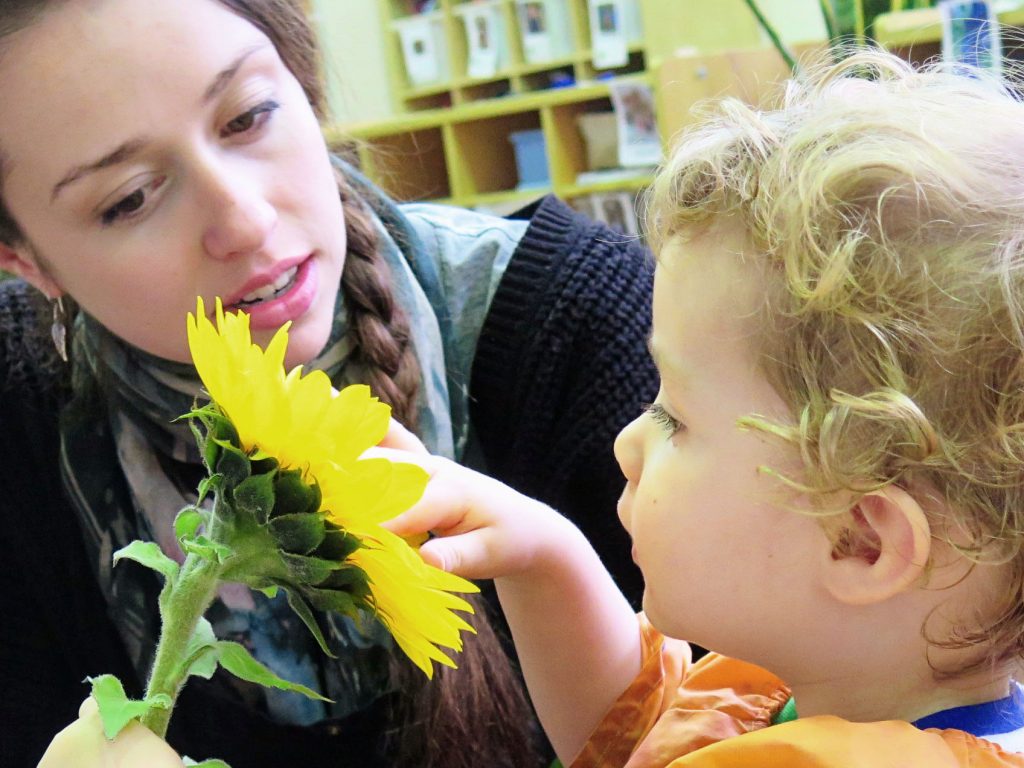

Researching Children’s Learning
Our aspiration is to support our children to be competent, confident, resilient, creative and reflective thinkers.
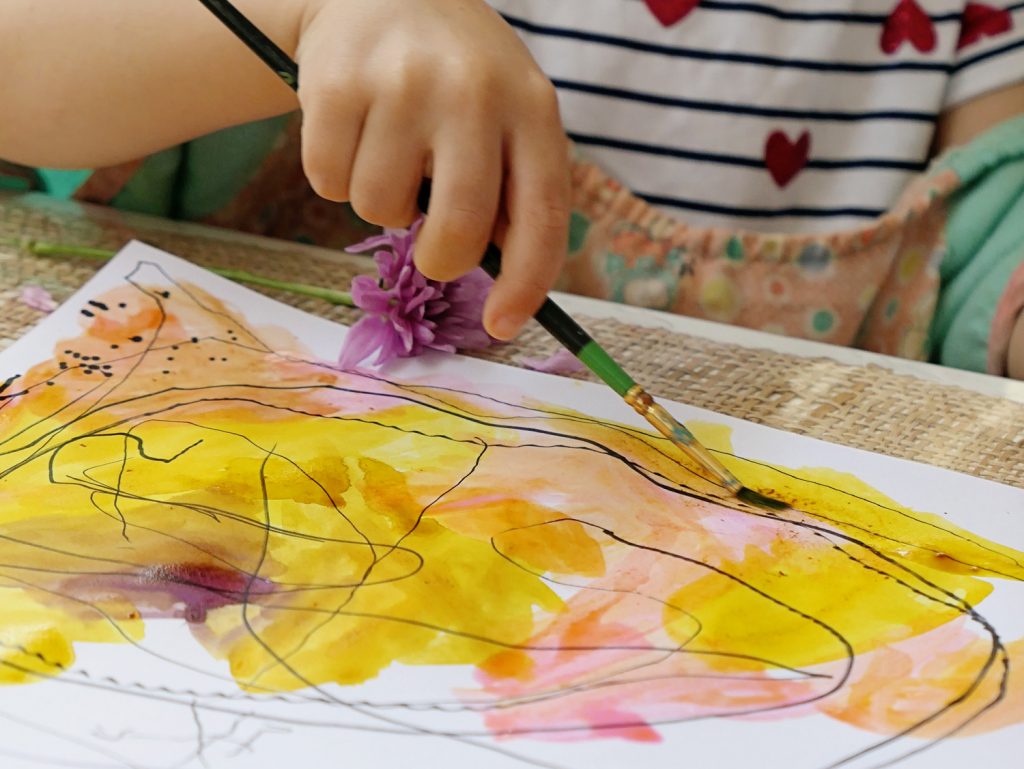

Process rather than Product
When we receive a gift, we are often reminded that “it is the thought that counts”. For the children in SOEL, it is the thinking that counts.
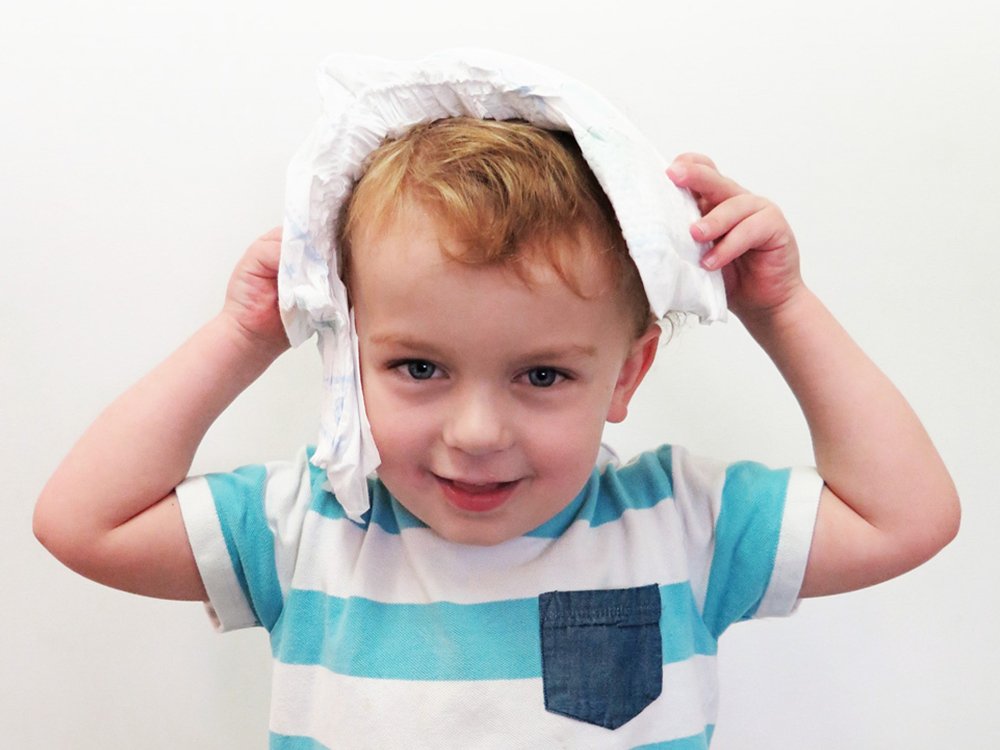

A Guide to Toilet Learning
Our toilet learning process encourages children to learn to use the toilet in a fun way, with the learning done at the child’s pace.
